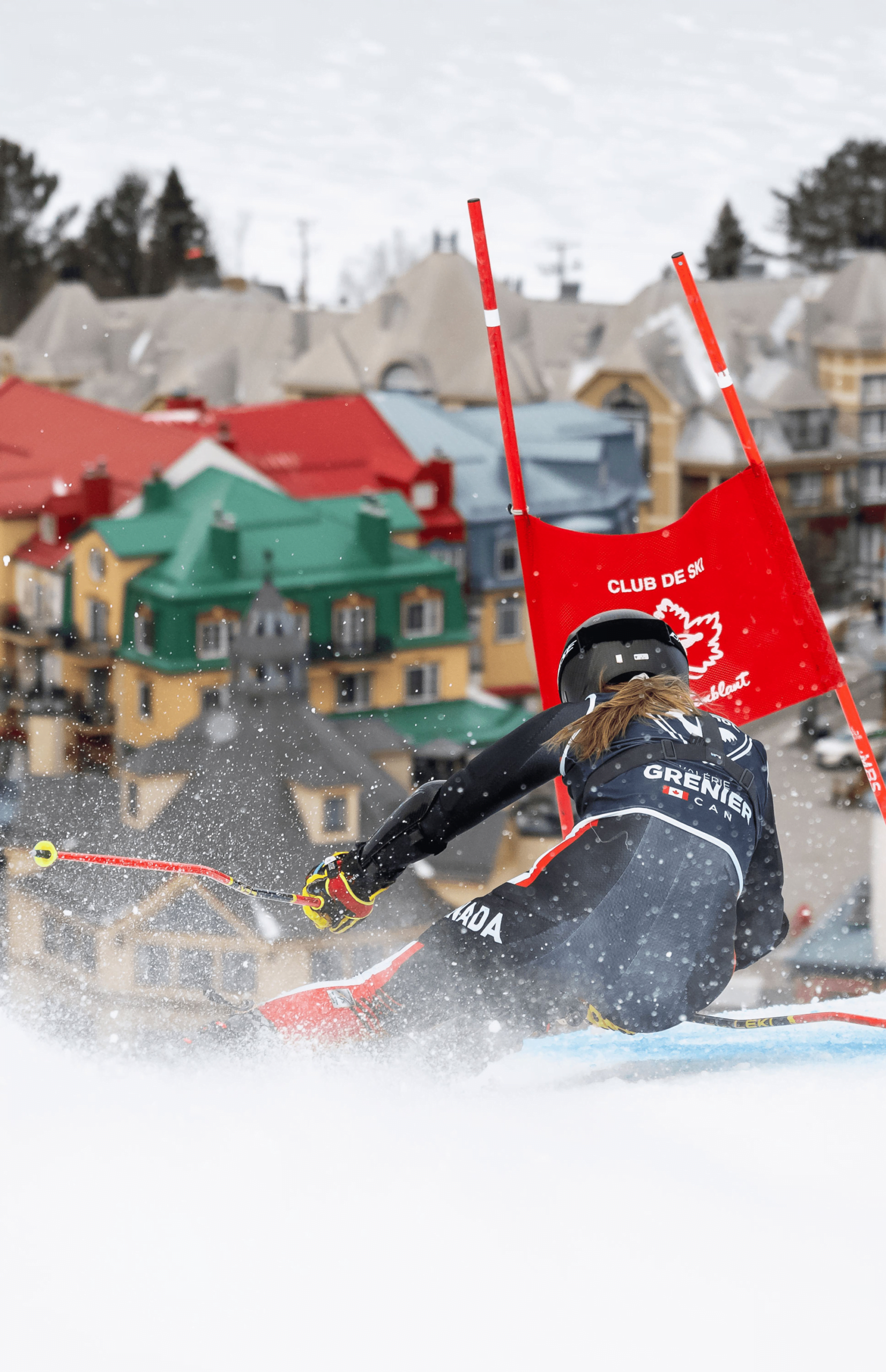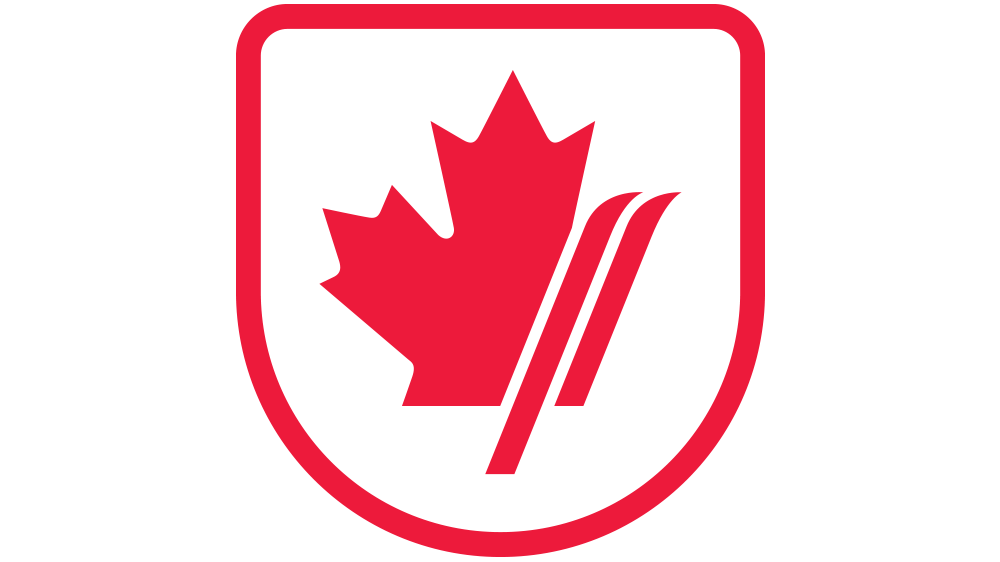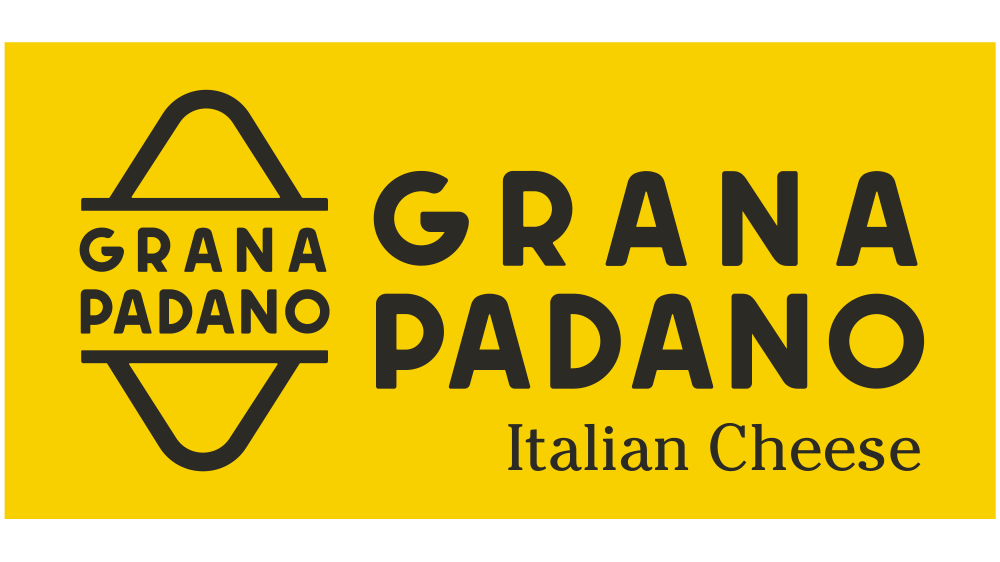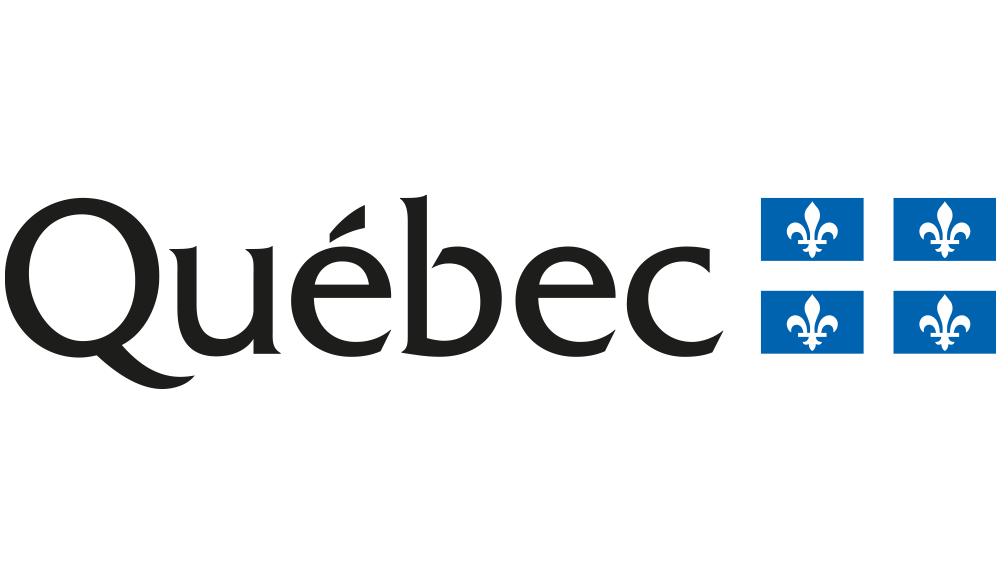Are you looking forward to the World Cup but not quite sure what it’s all about? You’re in the right place! Here is your intro 101 on the major event to be held at Tremblant this December 2 and 3.
What in the world is a FIS World Cup?
The FIS (International Ski & Snowboard Federation) Alpine Skiing World Cup is one of the most prestigious competitions in the world of skiing. It takes place every year over a series of races in different disciplines. Winning the World Cup is a major goal for most skiers. Here’s how it works in a few key points:
- Annual Calendar: The Alpine Skiing World Cup takes place every year, usually from November to March, with different stages held in ski resorts around the world.
- Different disciplines: The competitions consist of various specialized events. Each discipline, including downhill, super-G, giant slalom and slalom, emphasizes specific skills, such as speed, agility or mastery of turns.
- Points system: Skiers accumulate points based on their performance in each event. The skier with the best time receives the most points, and the points decrease with the ranking. At the end of the season, the skier with the most total points wins the general classification.
- General classification: The general classification of the World Cup is one of the most esteemed achievements. It rewards consistency and performance throughout the season and events. The annual World Cup score also serves as qualification for the Olympic Games.
- Classifications by discipline: In addition to the general classification, there are specific classifications for each discipline. Thus, skiers specializing in a particular discipline also have the opportunity to be recognized and rewarded.
In addition to the World Cup, there is an event that takes place every four years bringing together all the disciplines in a single competition site: the World Championships. During this significant event, skiers such as Erik Guay (2011 & 2017) and Laurence St-Germain (2023) showcased their excellence by emerging as victors.

But what exactly is the giant slalom?
At the heart of the various alpine skiing disciplines, giant slalom stands out as an emblematic event. Also referred to as the “GS”, this technical (as opposed to speed) discipline takes place on a longer course with wider turns than the slalom, but shorter and narrower than the super G and downhill.
Composed of two runs, the giant slalom requires a delicate balance of speed and technical skill. The blue and red coloured gates, spaced out over an expansive track, challenge skiers’ ability to skillfully navigate between gates while maintaining speed. This discipline embodies the harmonious alliance between artistic grace and athletic audacity while captivating competitors and spectators with each descent.
Why is the Tremblant World Cup so special?
The Tremblant World Cup is an alpine skiing event that stands out for its uniqueness. By organizing two women’s giant slalom races during the same weekend, this event offers a distinctive experience for both athletes and spectators.
Why two GS races at the same event? The answer lies in balancing the overall competition schedule. The International Ski & Snowboard Federation (FIS) aims to balance the number of races in each discipline. With Tremblant’s ideal topography for hosting the technical giant slalom event, this double-header helps to restore the balance in the competition calendar.
The Tremblant World Cup weekend will therefore be doubly exciting! Two separate races are held, one on Saturday and one on Sunday, each with two runs – one in the morning and one in the afternoon. The first run brings together all the skiers, nearly 80 athletes from all over the world, while only the 30 best of the first round go on to the second round. The points that the skiers will earn during these events will go towards their sums for the season for the giant slalom title and also towards their total multidisciplinary scores.


Why race in the Flying Mile trail?
“The Flying Mile trail has a great diversity of terrain. The two pitches at the top have nothing to envy the most demanding tracks on the circuit. The best athletes will have to be very technical to stand out and the slightest error is unforgivable. Further down, the trail has numerous “rolls” and variations in terrain which give the tracers the creativity to “play” with it to create a course which will leave room for tactics and gliding. Finally, the Johansson pitch will keep the athletes on their toes until the finish line. You can’t ignore the emotion of the course, starting with the view from the starting gate to the finish nestled in the village of Tremblant… a unique and world-class experience!”
Antoine Michaud, Race Director


































